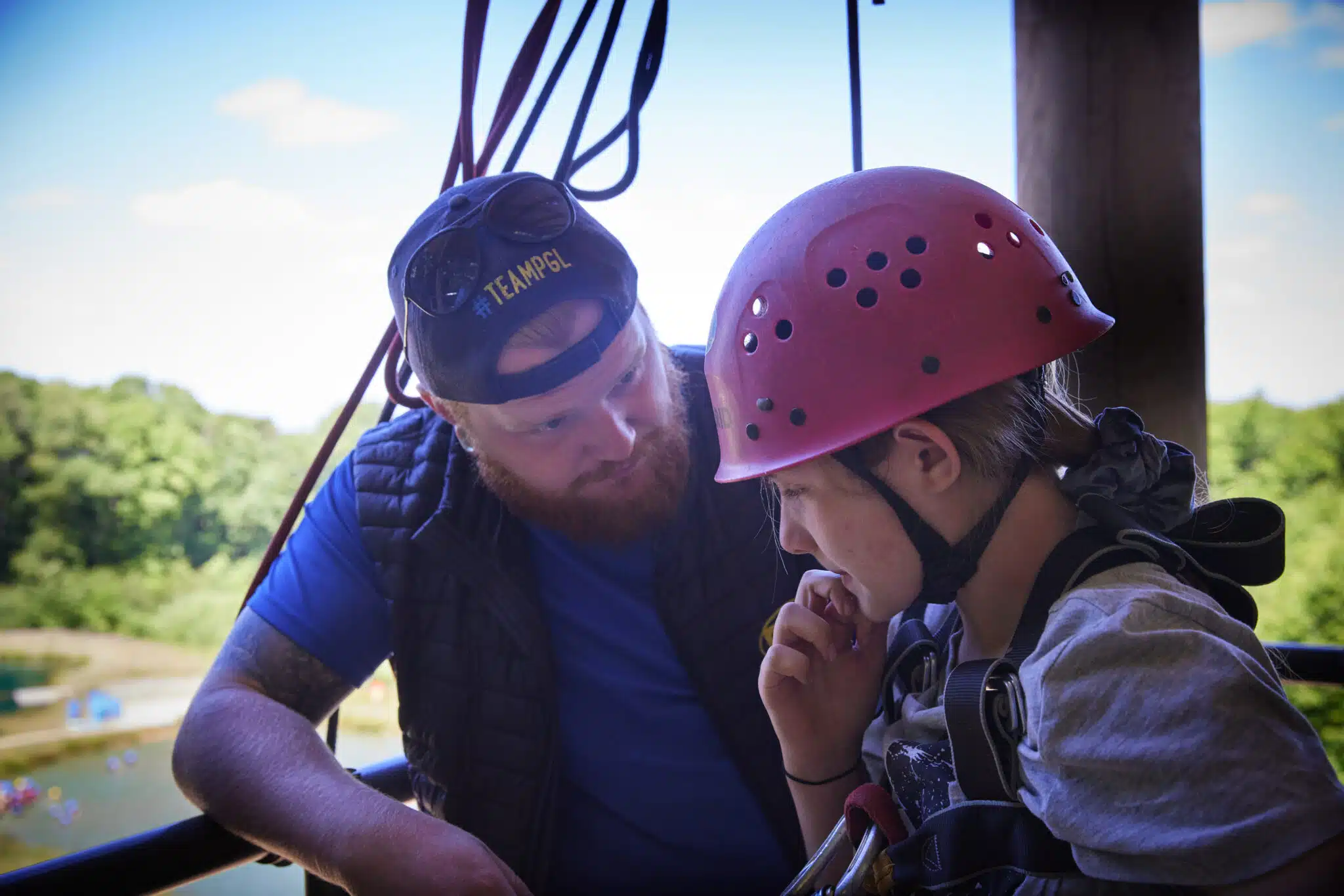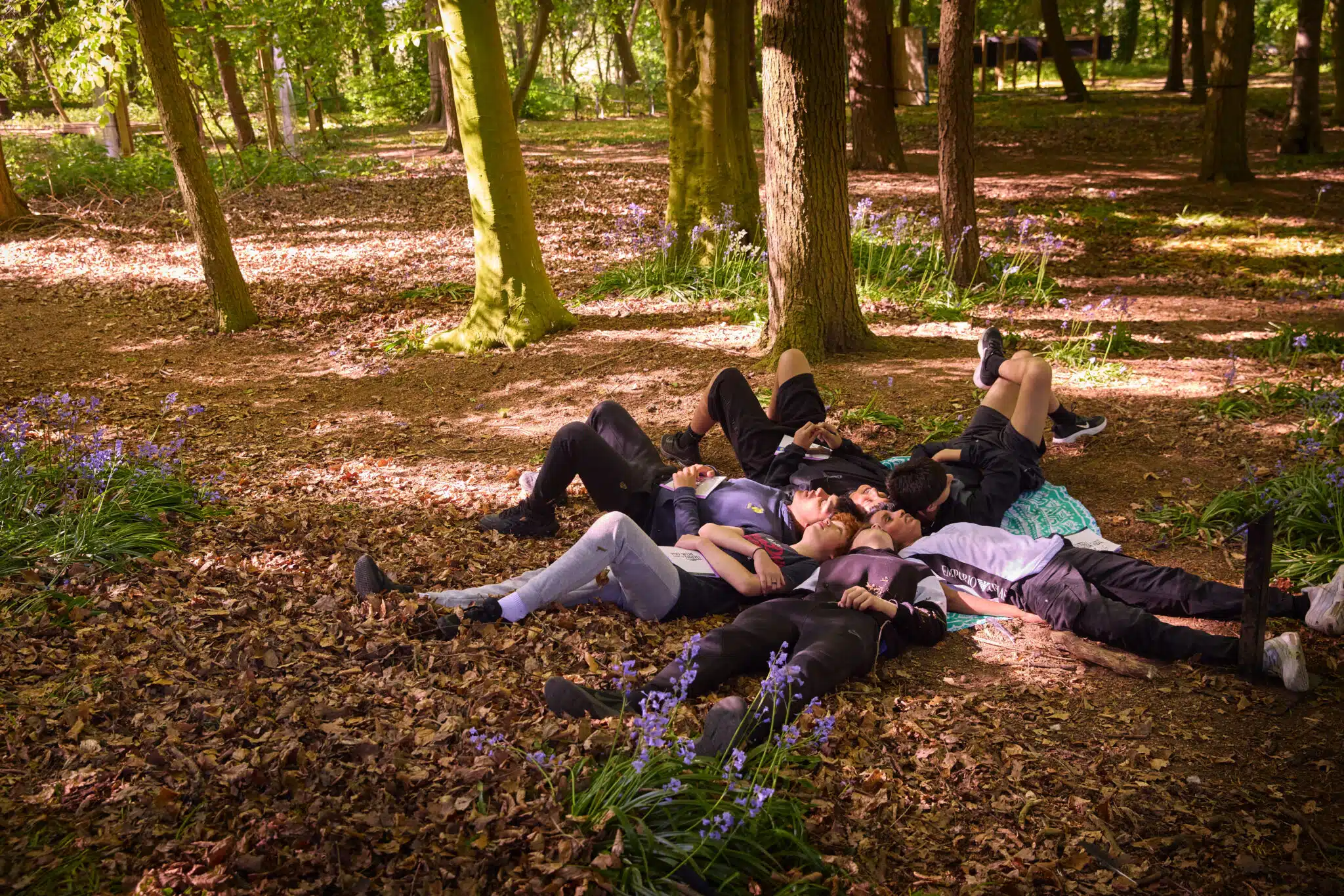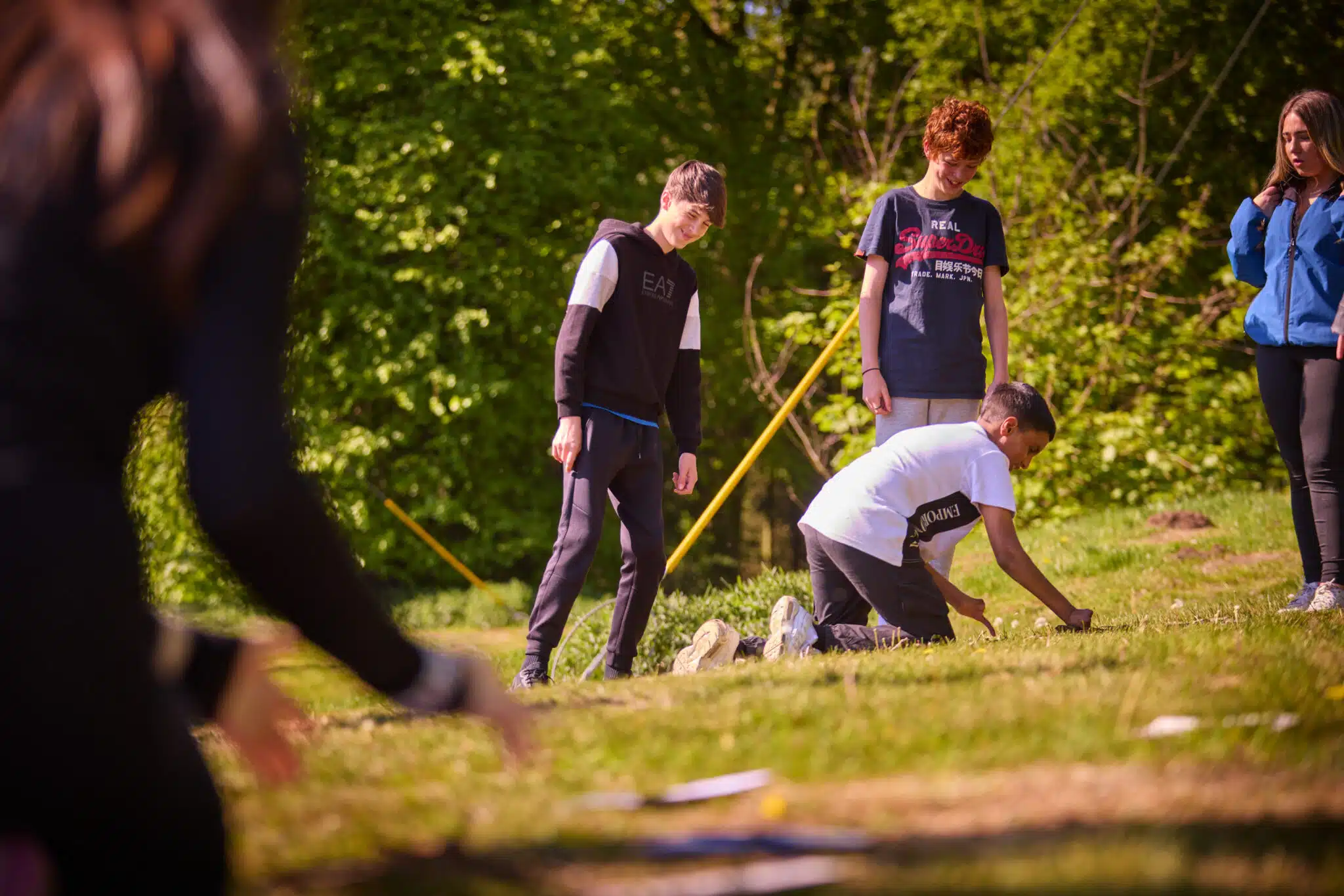Authored by Dr John Allan, Head of Impact & Breakthrough Learning at PGL Beyond
Resilience is an increasingly used term signifying positive coping in the presence of adversity. Only last month it was widely announced by both the Education and Health Secretaries that increased mental health support for children in school will give them the grit (perseverance and effort) and resilience (bounce-back ability) to combat their worsening school attendance, mental health and future prospects. In this respect, resilience is perceived as universally beneficial and synonymous with well-being.
Resilience comprises a broad set of personal assets (self-confidence, communication skills) and external resources (caring relationships) which protect young people against stress and provide a focus for growth. Furthermore, resilience is recognised in school-based education as an effective policy for developing their adaptive capabilities and underpinning future academic success. However, it must be cautioned that resilience is not the panacea for all of children’s social ills. Given the complexity of mental health risks, promoting resilience as a universal asset across domains, cultures, groups, contexts and time does not take account of the significant differences between people and their responses to adversity. Without recognition of the complex process of building a support network for growth, we may promote a simplistic notion of positivity and become distracted away from the real structural inequalities and chronic stress which impact real people’s lives.
Undoubtedly, targeted funding to help build the grit and resilience of young people is needed by schools to tackle attendance and mental health problems, which remain substantially worse than pre-pandemic levels. Following the advent of Covid, returning to school offered youngsters a safe place to mend, move and meet people. However, only so much re-conditioning has been achieved in the context of the classroom where routines and consistency are rigorously applied. One mutually beneficial area, whereby children, teachers and their communities can collectively derive a sense of well-being and resilience, is through their physical interaction with natural spaces.
Resilience has been suggested as ranging from surviving to thriving. For people with limited experiences to draw upon, threatening situations such as returning to school brings about survival responses – heightening negative emotion leading to difficulties in overcoming stress. This may also occur within teaching and learning which fails to stimulate interest, restricts autonomy and limits personalised meaning. In contrast, thriving-related activities invigorate our emotions, deliver clearer thinking, allow access to existing memories and create new ones. Activities which promote thriving, such as those delivered within outdoor adventure learning are relatively open-ended, promote choice and offer personal support. It is this adaptive quality which allows young people who learn in multi-sensory environments to perform better across a range of physical and cognitive tasks than in settings which are uniform and predictable.
Outdoor adventure learning facilitated within and around schools or through outdoor residential programmes, create unique opportunities for children, their peers and staff to generate and share physical and psychological benefits. Such immersion in nature enables individuals to take stock, relax and gain perspective on their life and the bigger picture. These are all experiences which make up the fundamental building blocks of resilient behaviour.
With mental health problems in the UK costing an estimated £118 billion annually, the case for early intervention is clear. Given most mental health issues begin by the mid-teens, without the right support such problems can lead to lifelong struggles. Investing in strategies that build resilience as preventative measures such as accessible outdoor learning, supports young people now and safeguards their future.
Outdoor adventure learning is not a magic pill to fix children and young people. Like any educational practice or pedagogical tool, it requires practice to implement effectively to acquire the desired outcomes. Robust research shows, if appropriately delivered, outdoor learning generates meaningful educational outcomes in natural settings which shifts young people along the resilience highway from surviving to thriving. At a point in time where children have faced unprecedented threats to their well-being preventing them completing their education, schools need the resources, training, and funding to make this a reality.




